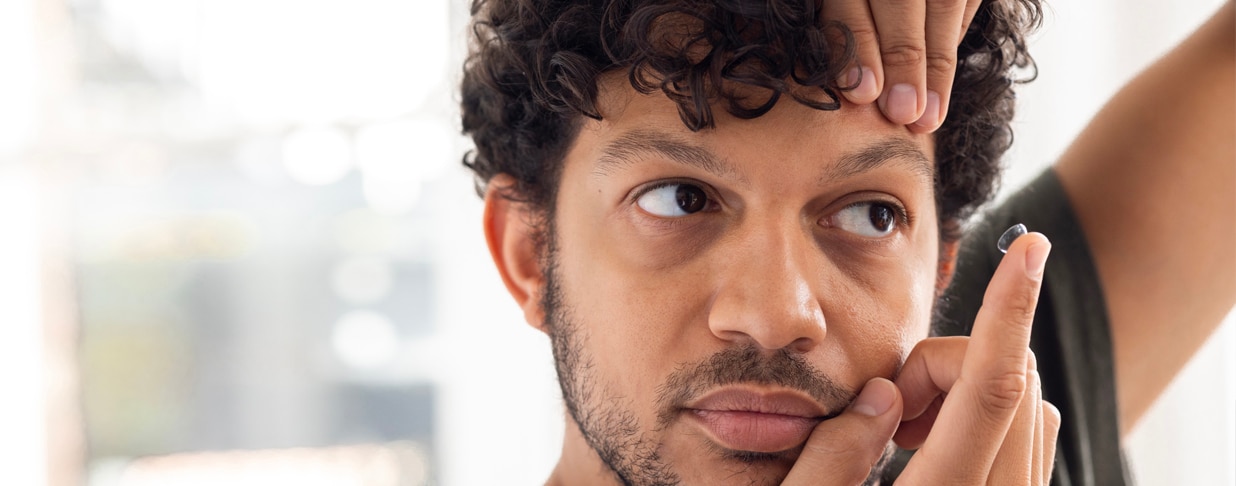Fact: A wine glass used in an official tasting must have an opening narrower than the base of the cup. It must also have a stem resting on a base. These are not customs or traditions or decorative decisions. They're strict international standards. That's right. The size and shape of wine glasses are highly controlled.
If you ask us, eyeglasses are waaaay more important and valuable than wine glasses. So, we don’t trust just anyone to care for our members' eyes. Every eye care professional in an EyeMed network goes through a stringent credentialing process. Eye doctors who work in independent and retail locations alike must validate that they meet our high standards.
Credentialing is our key to consistent care. Thanks to this process, and this exacting seal of approval, members can trust the care and attention they're about to receive.
Let's take a walk through our credentialing world and see what every one of our providers has to go through to be part of an EyeMed network.
Stage 1: Earning It
Credentialing can be quite complicated; in fact, optometrists need 10 different credentials or certifications. This used to require 10 different processes. EyeMed is among the first carriers to merge this alphabet soup of standards into one process that covers all 10 credentials.
Yes, we've streamlined it, but ODs still must check off 19 separate requirements to join our network. These requirements ensure the safety, integrity, stability and accuracy of the provider and his or her operations.
Then we take the time to confirm the standards are being met. We work with a vendor who verifies educational qualifications, quality of care, equipment conditions, ensure there are no violations of license standards, member access and complaints. Basically, we check and double-check everything. And it all has to be documented.
Stage 2: Following Up
Once providers are credentialed, we don't forget about them. First of all, they need to re-credential at least every three years. Meantime, we follow up and follow through with quality assurance checks, evaluations and audits. They're random, regular and usually unannounced.
We look at the entire operation: The facilities (Is the equipment working right? Is the place clean?); the records (Are patients getting the required tests? Is patient info complete?); the finances (Is the provider billing what they should?); and the processes (Are members receiving the specific services and care they should?). And we’re tough graders – anything less than 100% on equipment performance is a fail.
Stage 3: Helping Out
Even with such high standards, we don't want to make life hard for network providers. In fact, we're committed to their success. (Strong providers mean a strong provider network.) And besides, we believe in taking care of the people who take care of our members. We work closely with providers to help them stay compliant. We'll educate doctors and staff, and warn them of any potential problems. We also keep them up-to-date and on-par with online resources and alerts.
We admit it – we ask a lot of our providers. But it's only because we’re very protective of our members. If we had a wine glass right now, we’d make a toast to making every eye care experience wonderful, fair and, above all, safe.
To learn more about the EyeMed network, go to http://starthere.eyemed.com/our-network/.



